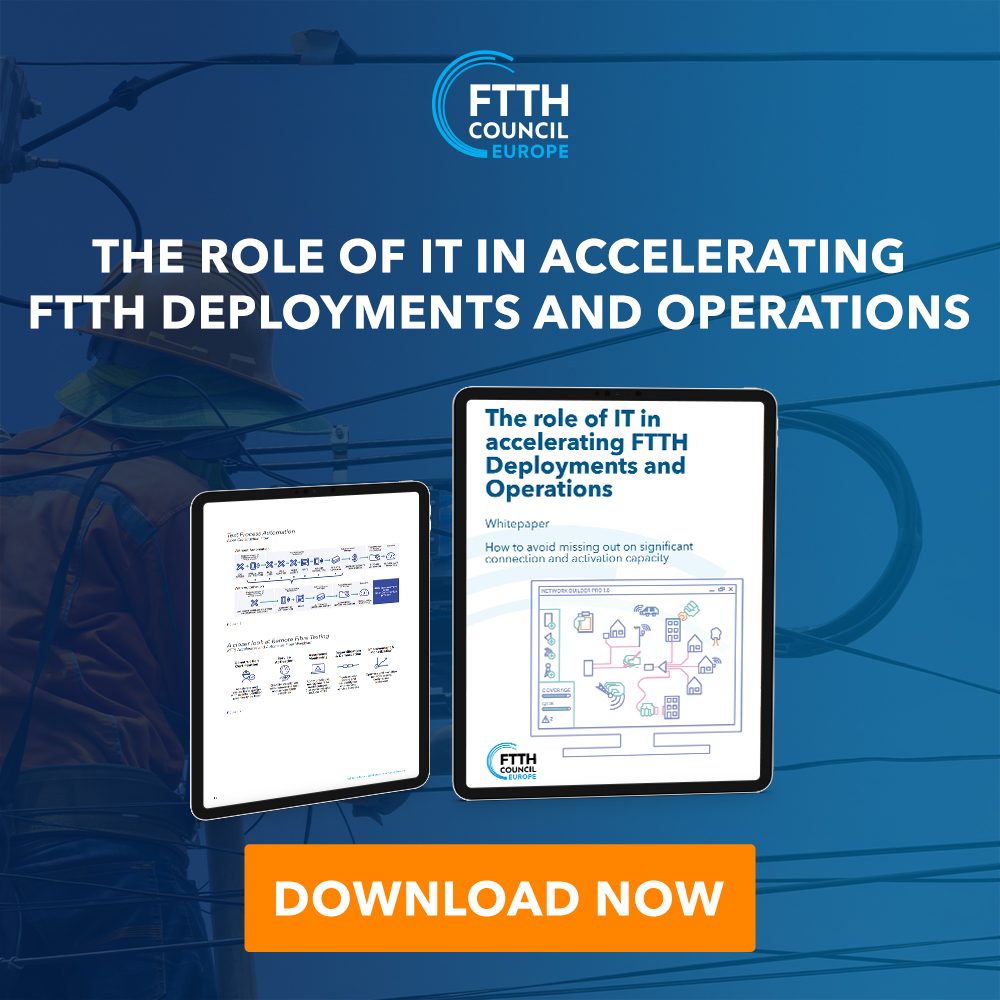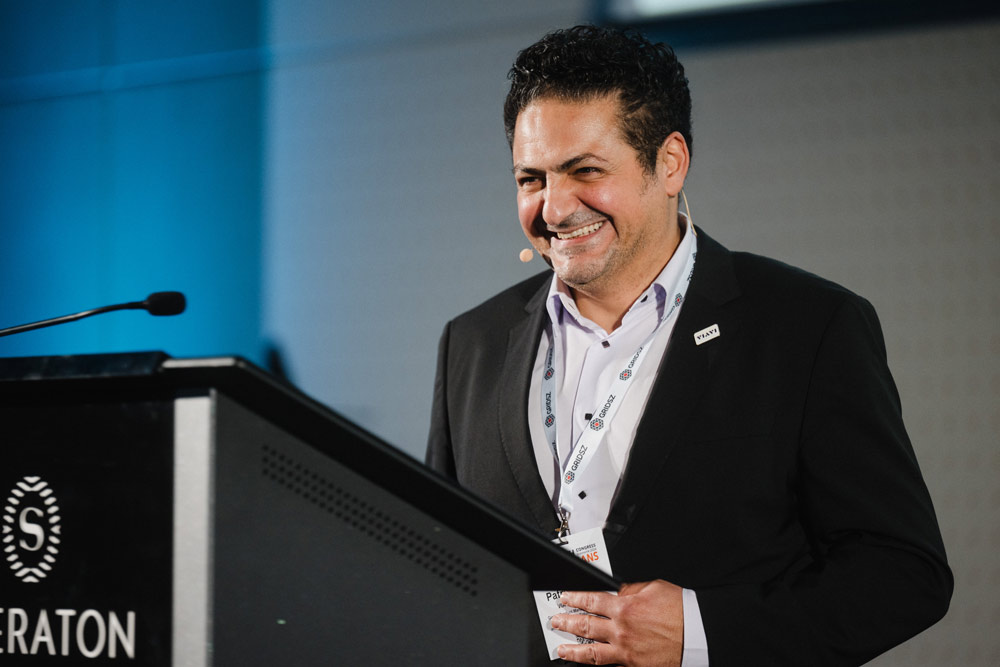Let’s start general: what are your views regarding the evolution of FTTH technology?
 Optical fibre connectivity is becoming the backbone of every high-bandwidth application, supporting everything from streaming high-definition video to online gaming and telemedicine. If we talk about FTTH specifically, it was initially seen as a nice to have, however, the need for FTTH became particularly evident in end-user applications that require consistent, high-speed connectivity. As we recently experienced, amongst other applications, remote work and online education demand reliable high speed and most importantly stable internet connections to support video conferencing and large data transfers.
Optical fibre connectivity is becoming the backbone of every high-bandwidth application, supporting everything from streaming high-definition video to online gaming and telemedicine. If we talk about FTTH specifically, it was initially seen as a nice to have, however, the need for FTTH became particularly evident in end-user applications that require consistent, high-speed connectivity. As we recently experienced, amongst other applications, remote work and online education demand reliable high speed and most importantly stable internet connections to support video conferencing and large data transfers.
Driven by the continuous evolution of end-user applications requiring more advanced high-bandwidth connectivity, FTTH technologies have also evolved to support and enable that. Advanced FTTH technologies like XG-PON, XGS-PON, and NG-PON2 helped improve network efficiency and enable network throughput of up to 40 GB/s, while coexisting with current PON standards, thus providing a future proof highly scalable solution for network expansions both in terms of bandwidth and number of users.
As we move forward, I believe the FTTH infrastructure will become a key enabler in achieving converged networks for example 5G integration, enabling deployments in a cost-effective way as described in one of the D&O committee’s whitepapers: “Optimizing FTTH networks to enable convergence”.
In the picture on the left, action from the "FTTH Technologies for the Balkans" panel session at the FTTH Congress 2024, in Dubrovnik.
From your experience, what innovations or new technologies have been most effective in overcoming deployment challenges?
I always like to address FTTH deployments by navigating across the network deployment lifecycle: Plan, Design, Build, Operate, and Maintain. Removing the challenges that come with manual processes and implementing process and workflow automation across those phases is key to optimizing and accelerating network deployments. To name one example, the use of Geographic Information Systems (GIS) for planning and managing deployments allows for more precise and efficient network designs. If you want more insights about this topic have a look at the D&O committee whitepaper published last year that specifically addresses this area: “The role of IT in accelerating FTTH Deployments and Operations”.
Moreover, continuous innovations in areas like deployment techniques and passive components connectivity continue to play a huge role in accelerating and simplifying FTTH deployments. What I particularly find impactful are those innovations that revolve around reducing the dependency on highly skilled labor, enabling failure-free and first-time right faster installation practices. Micro-trenching, direct buried compact cables/fiber bundles, and pre-connectorized hardened solutions are a few field-proven examples. Last but not least, innovative ideas around network sharing on different layers to create an Open Access business model would help reduce deployment overbuild and offer a strategic approach to optimize resources, reduce costs and environmental impacts, and accelerate network rollout.
What is the profile of the Member companies joining the Deployment & Operations Committee?

I want to describe the majority of the members of the FTTH Council Europe: I would say it typically comprises a diverse range of member companies, including telecommunications operators, service providers, network equipment/ passive components manufacturers, solution providers, etc. If we focus on the Deployment & Operations committee itself, the most active members are from the solution providers group who continuously thrive to address technological advancements and innovations to overcome common challenges in FTTH rollouts. I want to use this opportunity to encourage operators and service providers to use the Deployment & Operations platform to share their knowledge and experience and present their best practices in the deployment and operation of fiber networks.
In the picture on the left, action from the Deployment & Operations Committee workshop at the FTTH Conference 2024, in Berlin.
What are the key differences in deploying fibre networks in urban versus rural areas and how does your approach vary between these environments?

The FTTH Council Europe's mission and goal is to accelerate FTTH deployments and enable every European citizen to have access to high-speed broadband connectivity, basically full fiber to everyone, everywhere. In order to get to this goal, FTTH deployments needs to expand far beyond urban and suburban areas and efficiently reach rural and ultra rural areas.
Deploying fibre networks in urban areas typically differs compared to rural areas in terms of challenges to overcome, solutions utilized, and business case justification. In urban environments, the primary challenges consist of building a network in a dense infrastructure, obtaining permits, and minimizing disruptions to existing services. The higher population density in urban areas leads to a higher take rate, meaning more subscribers per km of fiber, which reduces the costs of deployment per home passed (HP) and home connected (HC).
In contrast, rural deployments face challenges such as longer distances between connections, lower population density, and difficult terrain which means that fiber deployment reaches far fewer subscribers per km, making it less economically viable.
In the picture on the right, Patrick Faraj is moderating the "FTTH Technologies for the Balkans" panel session at the FTTH Congress 2024, in Dubrovnik.